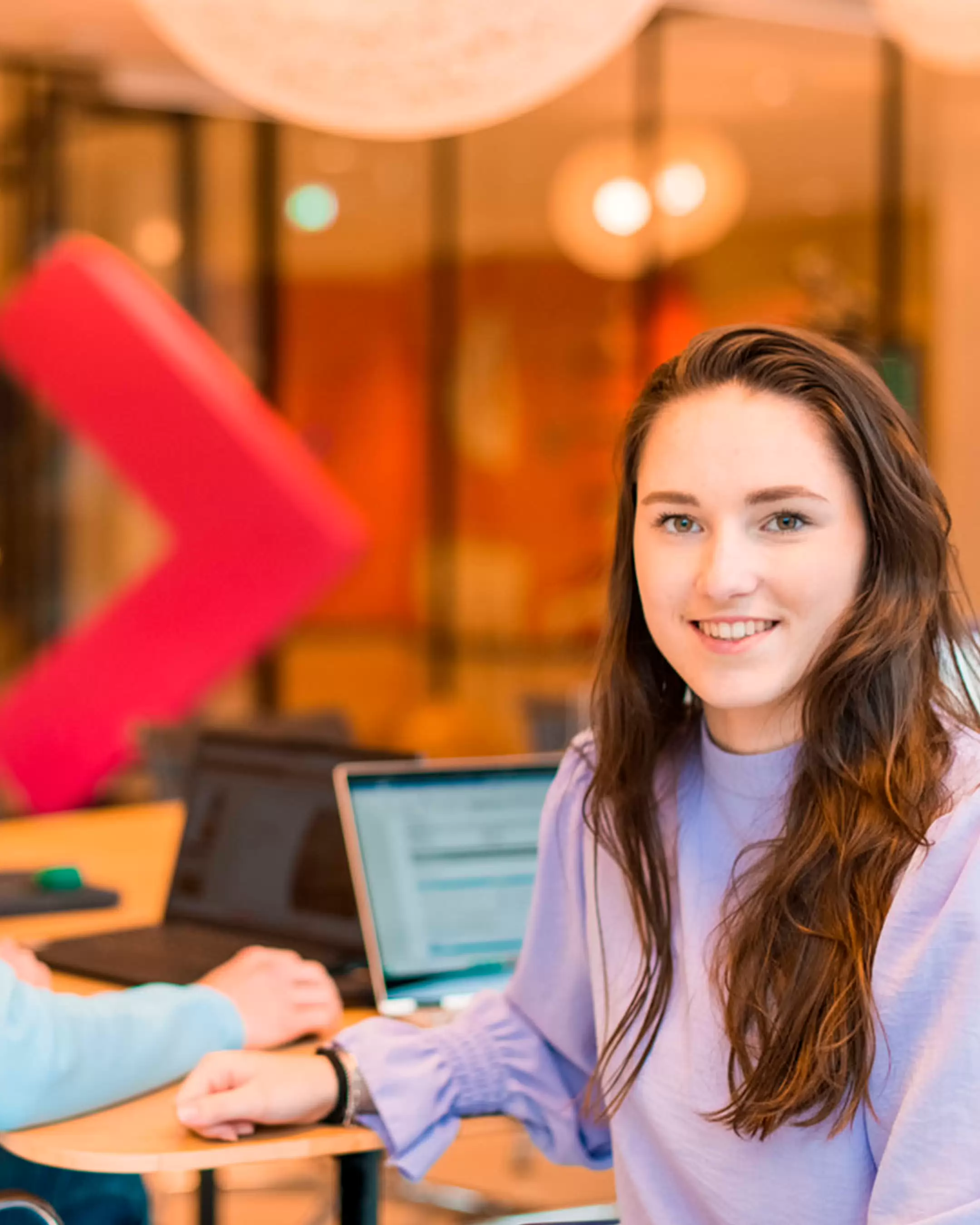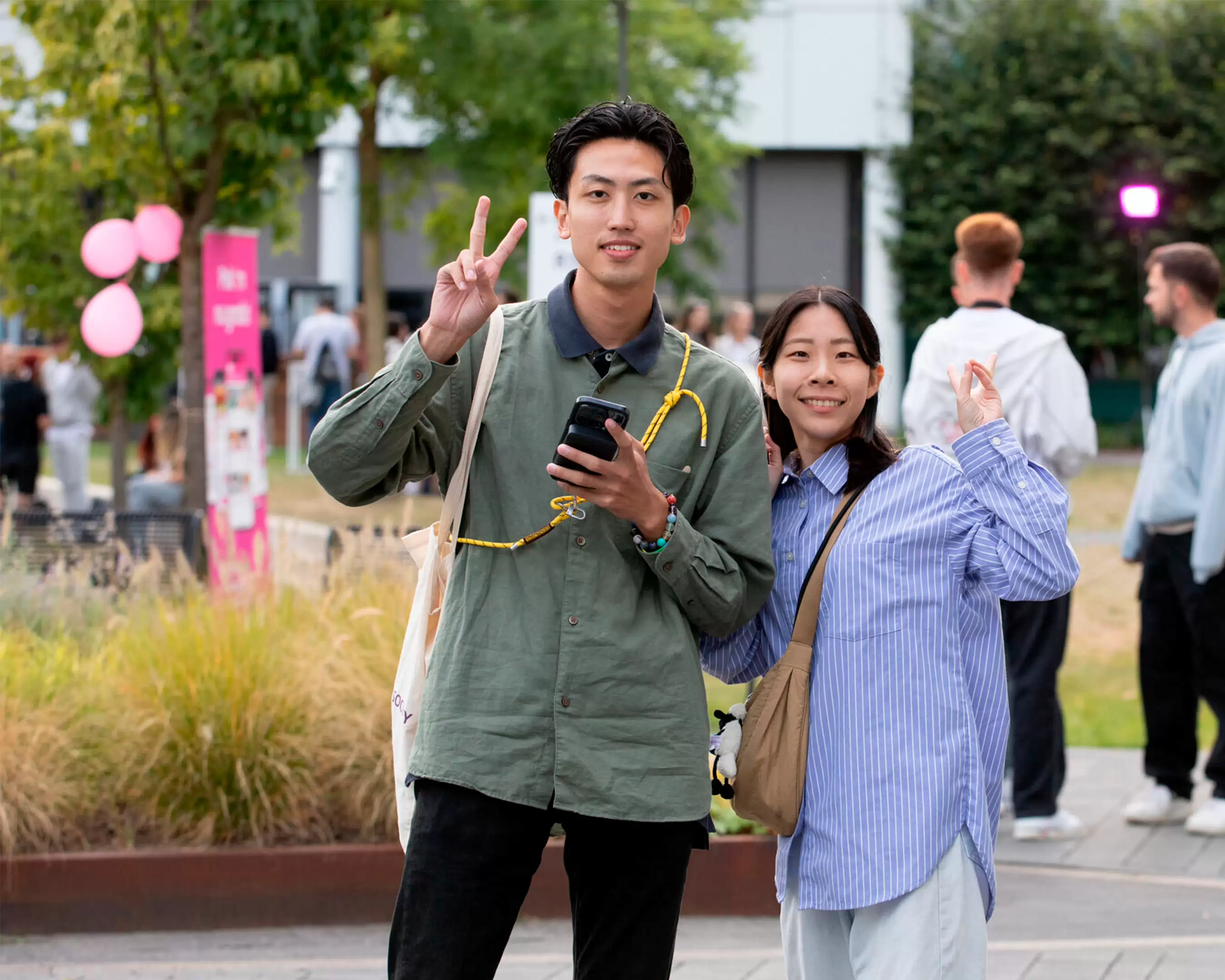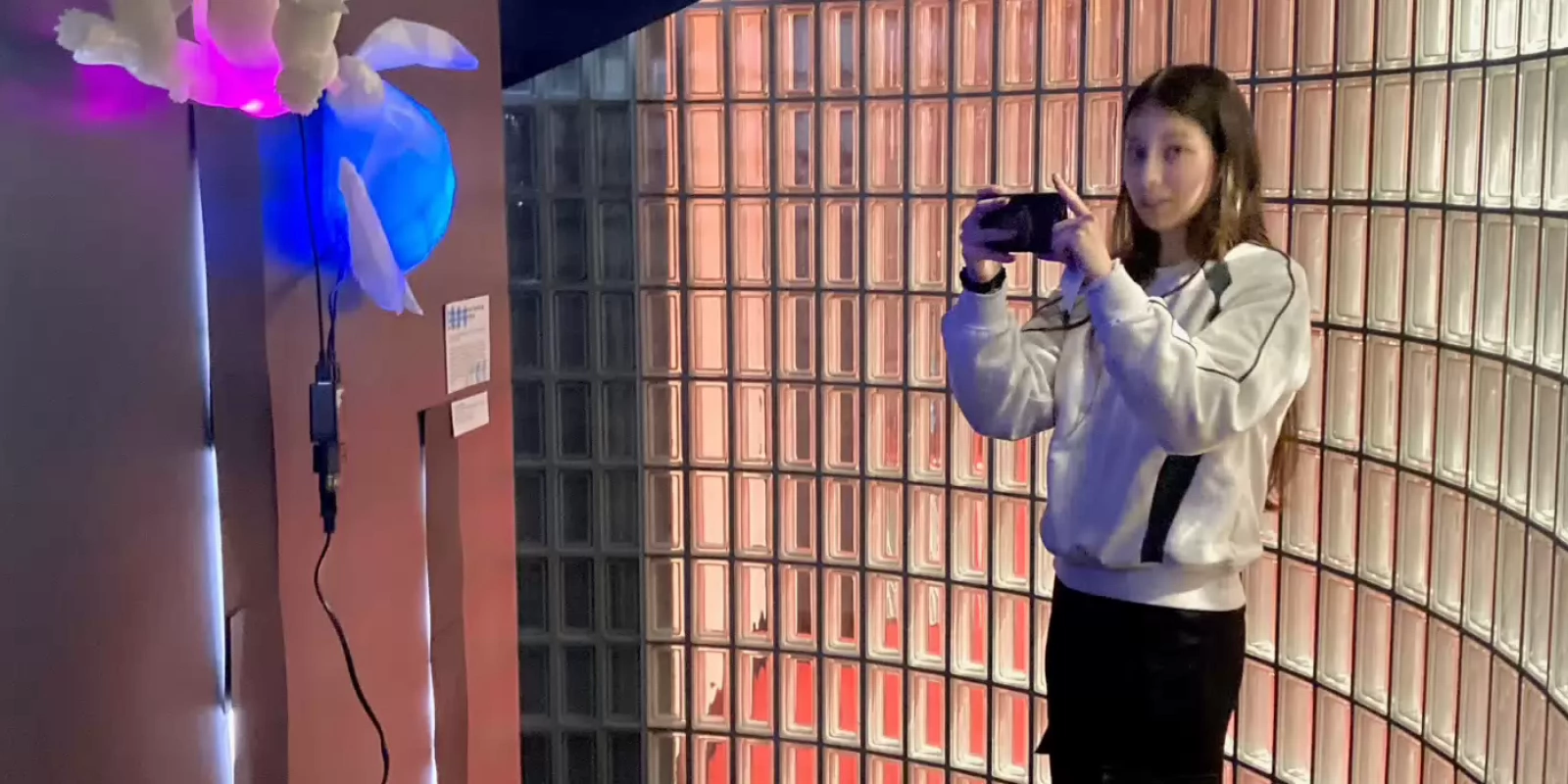

Art, Communication and Design
About the exchange programme
The focus of Art, Communication and Design, is to teach and research the area of ‘Experience Design’. This program hones skills in research, conceptualization, storytelling, aesthetics, and ethics, preparing you to craft meaningful experiences with strategic and independent design processes.
Why this programme?
- Innovative curriculum blending storytelling, aesthetics, and technology to design impactful experiences.
- Hands-on approach to transforming social topics into interactive public designs.
- Focus on developing a strong ethical foundation and personal identity in the design field.
More about Art, Communication and Design
Fontys Academy of the Arts offers two different Design possibilities to study: ‘Fine Art and Design in Education' and ‘Art, Communication and Design’.
The main focus of the ArtCoDe Department (Art, Communication and Design), is to teach and research the area of ‘Experience Design’. Students are trained in designing experiences in a public context; through translating social and personal topics into designs the public can experience and interact with. During their study, our students develop: Skills, Research & Working Methods, Conceptualization, Storytelling & Aesthetics, Experience & Audience & Interaction and Ethics & Engagement & Positioning. Skills, Research & Working Methods are the basis of every design process. Mastering and being aware of all three facets ensures that a designer can go through a design process strategically and independently. Conceptualization, Storytelling & Aesthetics means our students use storytelling and aesthetics to arrive at an authentic concept. Through Conceptualization, Storytelling & Aesthetics our students become aware of the role of the audience or users and can build a bridge of purposeful interaction whereby his own experience and that of the audience plays a specific role. In Ethics & Engagement & Positioning our students develop a critical, involved and authentic attitude with regard to their own identity and position in the field of design. Their Ethics & Engagement & Positioning are expressed through their designs.
Our students work multisensory and multidisciplinary, analogue as well as digital. The designs of our students are shaped by their research in skills and concepts. Our projects for example comprise of moving visuals in theatre settings, interactive clothing and material research while focusing on innovation and/or interactive installations regarding urgent contemporary topics. ArtCoDe promotes the development of an artistic vision and the transfer to assessments, the development of conceptual thinking across multiple media, rather than the mere development of specialized skills.
We offer a broad range of studios (a dynamic practical curriculum) in the field of Experience Design. Every year our students select their own studios for their personal research trajectories. During our studios, developed concepts are constantly worked out, tested and discussed with tutors and peers. For guest students we offer some of the design studios in our 2nd and 3rd year that focus on material research, contextual research and presentation. You can select your own research trajectory based on our offer. Working in our studios also means that theory and practical research will be integrated. Additionally, you will also join a custom-made program with a focus on cross-cultural exchange.
Admission requirements
The program is accessible for third-year (Level 2) students and/or fourth-year (graduating) students, hailing from academies and/or faculties abroad that focus on design. Predominantly, teaching will be conducted in Dutch, but you will be able to communicate with tutors and peers in English. The complementary theory class in your program will be conducted in English. You will be expected to have a good command of English, whereby you will be able to make yourself understood and to follow instructions in English.
You can enter for Spring 2026 or Fall 2026 when:
- You are currently in your third or fourth year of study,
- Your university nominates you and both our universities are partner universities in the Erasmus program.
- The quality and work in your portfolio proves diversity in skills as well as ability for conceptual and critical thinking.
- You have a good command of English, whereby you are able to make yourself understood and follow instructions in English. For this we will request a B2 certificate in English or set up a video call after we have received your nomination.
How to apply as an exchange student
Before you apply for an Exchange programme in one of the Arts, please contact us first, as depending on the Art programme you wish to study, either a portfolio or a link to a site is required. Furthermore, we need some personal details like your name and address, a CV and a motivation letter, your current year of study and study results. Applications for ArtCoDe should be sent to Mariska van Zutven, international officer at Art, Communication & Design and always be approved by your International Exchange (or Erasmus) Officer at the home university.
Motivation letter
Please write us why you wish to attend our program? What are your qualities? But also, what are your learning goals? And why do you think an exchange period at Art Communication and Design can help you achieve these learning goals? Why specifically this study? Let us know which of the studio’s you would like to participate in and how they connect to your goals.
Specific deadline for Arts programmes to send in portfolio
- Spring semester: 15 October
- Fall semester: 15 April
Once the school has reviewed your portfolio, and considered it positive, you will receive the outcomes within 2 weeks.
Fontys will send you a link to an online application form. The online application system is called Mobility Online.
How will your course programme be recognised by your home university?
Fontys will provide you with a so-called ‘Transcript of Records’, which will clarify the results that you have achieved. Depending on your results, you will receive a maximum of 30 ECTS credits. ECTS credits are recognised throughout Europe. The agreement between your home university and Fontys University of Applied Sciences will usually include a condition whereby the credits that you obtain will be recognised and transferred into the records kept by your home university.
Practical information
- Start moment(s)
- September
- Location
- Tilburg
- ECTs
- 30
- Duration
- 1 semester, 16 weeks
- Contact hours
- 10-15 per week
For more detailed information about practical matters, such as financial matters, residence permit, health insurance and accommodation, please click on the button below.


